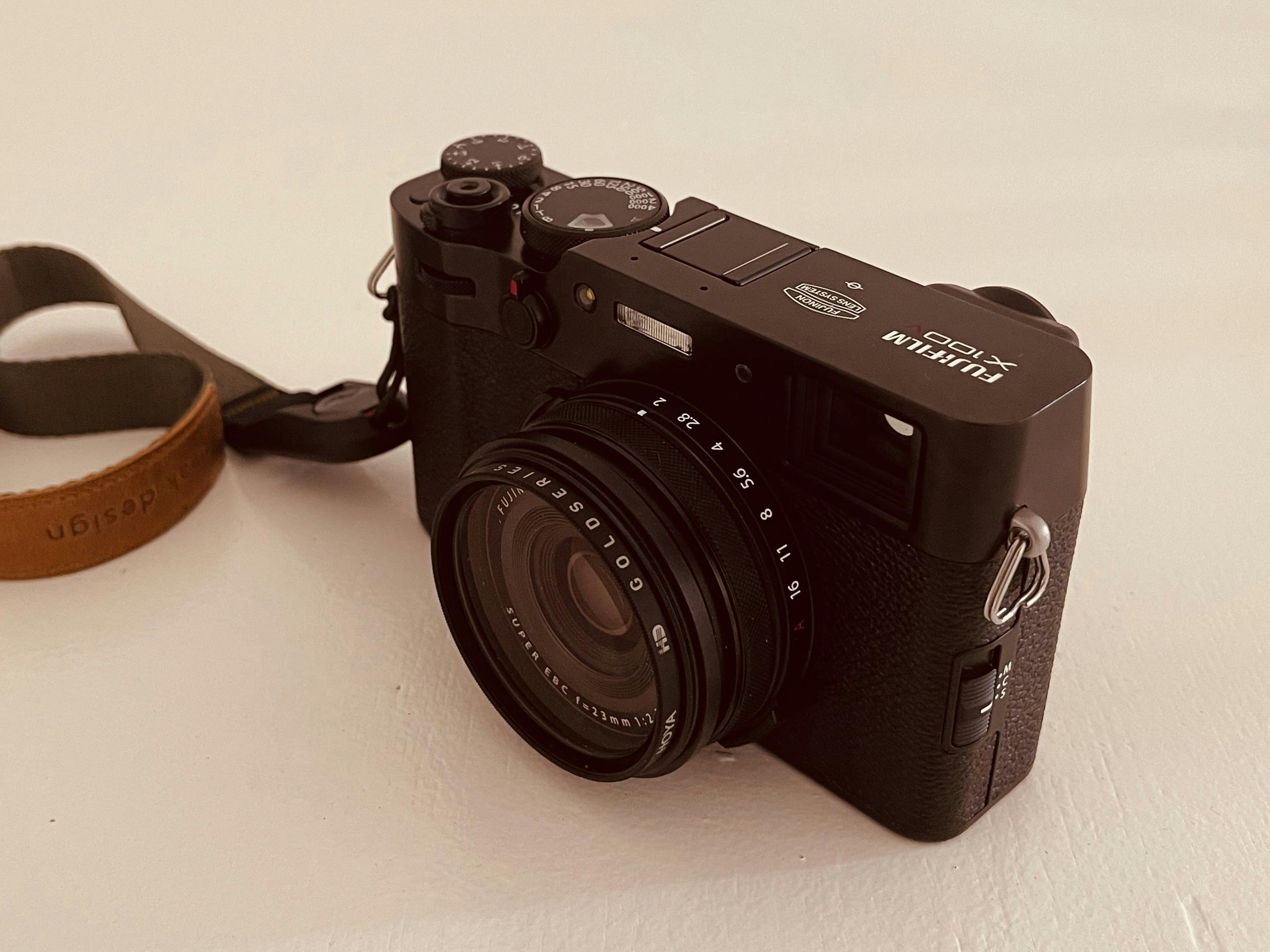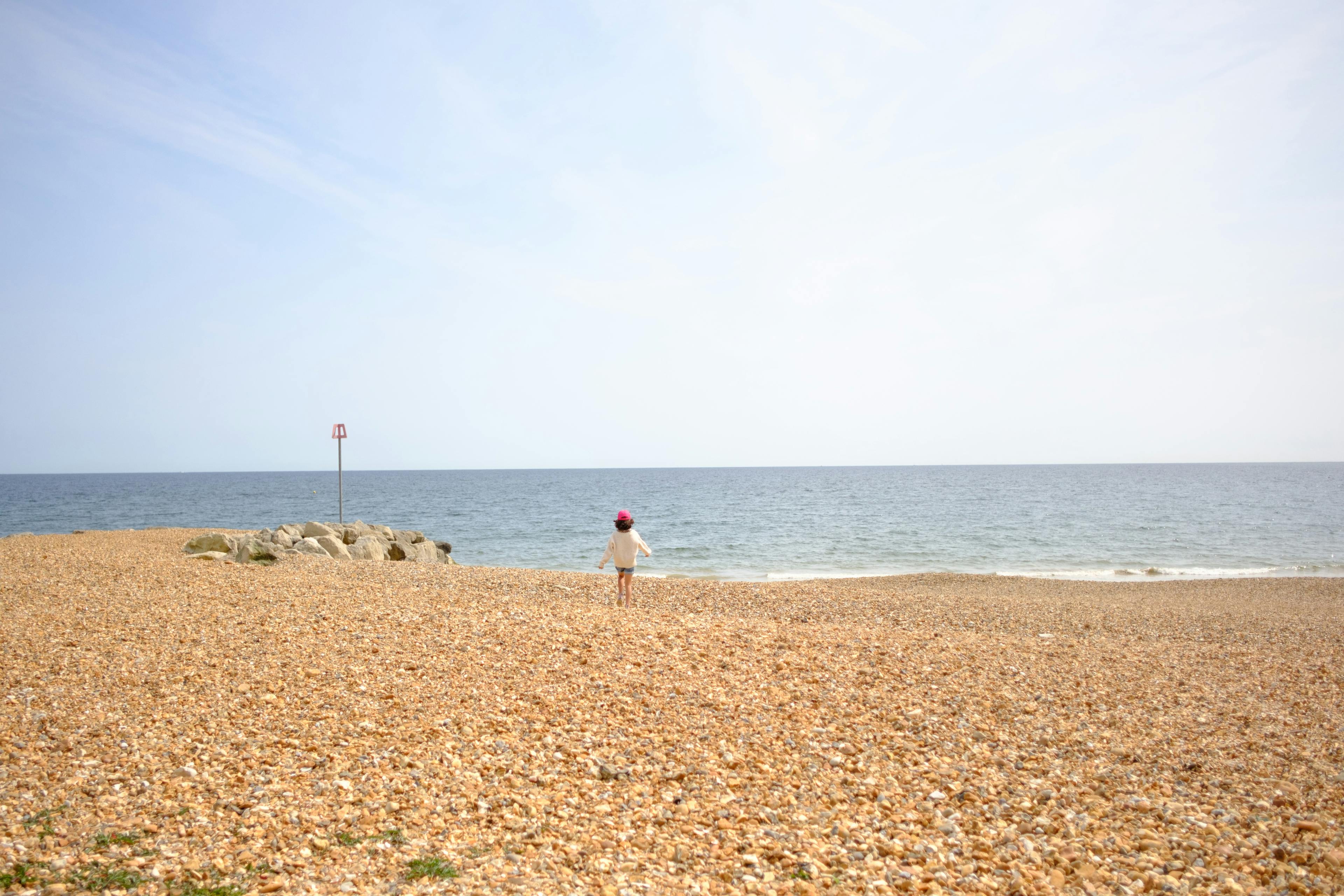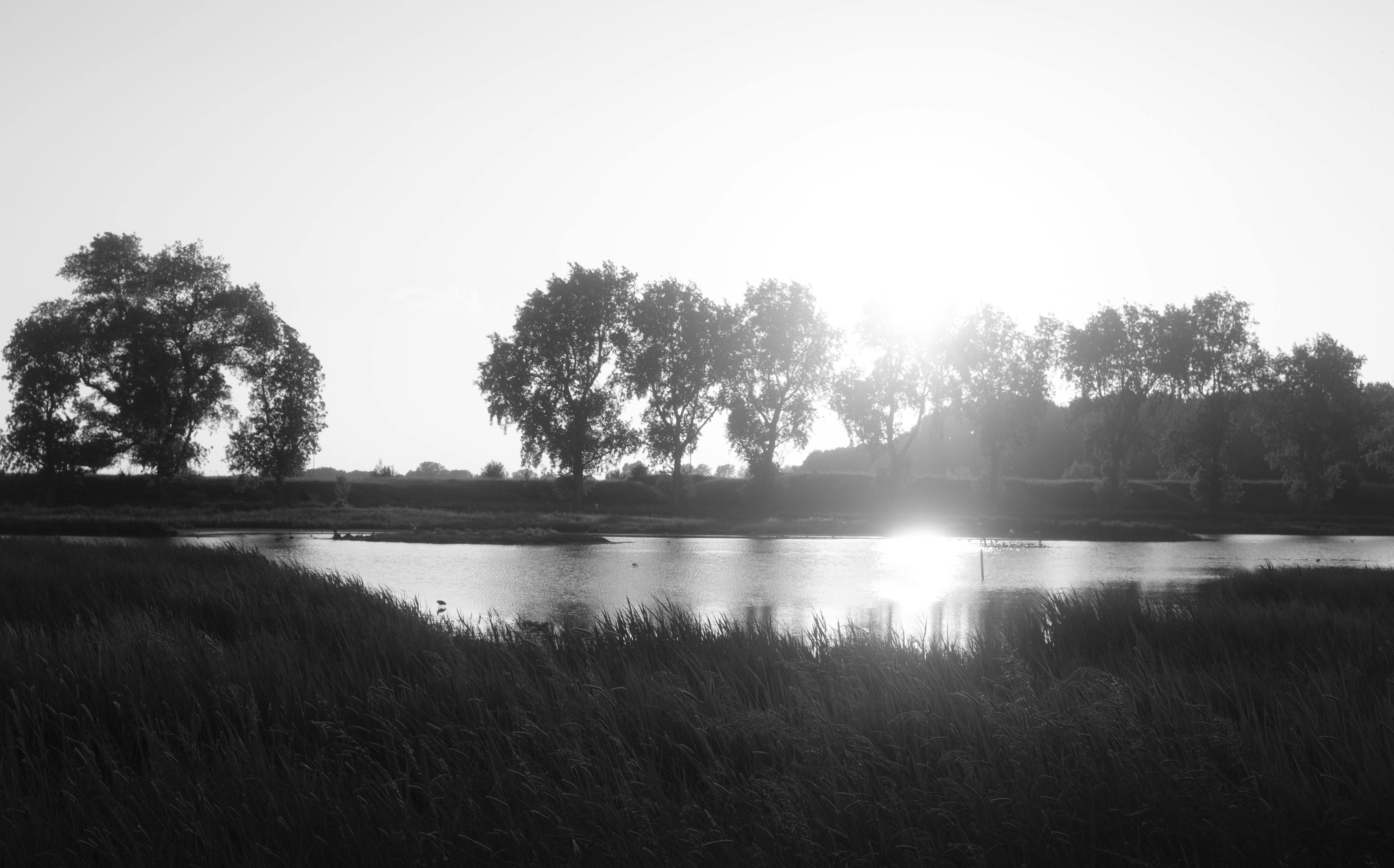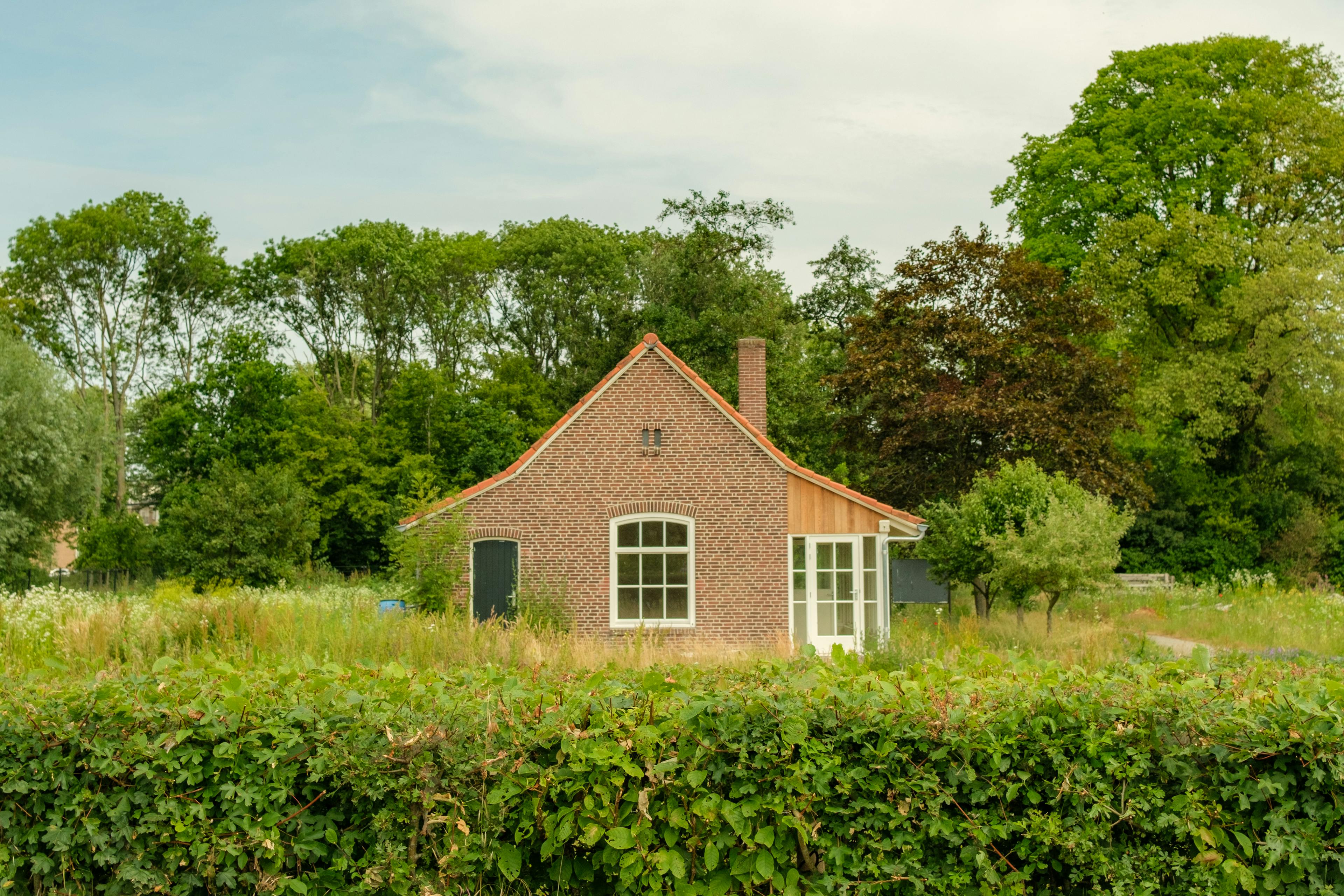
Contents:
Background
I bought my first camera 20 years ago when I was 17, and as I've grown older I've realised that my memories of past events are influenced by other events. An everyday moment that seems normal can with hindsight become rare and precious.
Knowing this motives me to pursue photography. It offers the possibility to curate my past and add depth to the stories I tell about my life and the lives of others. It requires recognising the value of a present moment, and offers the chance to show my adult children and grandchildren what I experienced and the times I lived through.
I gravitate towards documentation and aspire to be an environmental portrait photographer.

HP850
I bought my first camera because I was frustrated with my inability to paint. It was an HP850. I bought it sometime around 2002 and it was probably awful, but I poured so much attention and ambition into it that googling it now and seeing it for the first time in ~20 years brings back a wave of nostalgia. I can still remember some of the photos I made with it, in the fields near my parents house in Shropshire. It feeling advanced and powerful, but only if you had a lot of light.
The next camera I bought was a smaller Ricoh point-and-shoot, probably around 2005. I can't remember the model. It was sold with promises of much improved low light capabilities, and competent autofocus. Maybe it had a much higher maximum ISO setting, but unfortunately it was still useless in low light and the auto focus was terrible.
Cameras with interchangeable lenses were too expensive, but were becoming cheaper. I decided that if I really wanted to do photography then I would need a DSLR. At the time, "photography" meant using film, and you had to say "digital" if you weren't using film. That seems to have reversed now, since "film photography" appears to be having a moment.
Nikon D80
I bought a Nikon D80 with a kit lens, and eventually a 50mm prime. I treasured it, knew its menus backwards, and began to learn about photography. I was asked to photograph a wedding, and shortly after decided to empty my savings account and buy a body with a full-frame sensor and some better lenses.
This was probably a mistake. I'd received a university scholarship but hadn't spent the cash - it had been sitting in an account earning enough interest to fund most of my textbooks. Once I graduated I spent almost everything on the camera body and 3 zooms. It's painful to think about, but I have a hunch the experience led to other good things, and was a good lesson to learn early. Nonetheless, that money could have been better used on other experiences that would probably have been more beneficial.
This was around 2010, and my way of learning photography was the occasional book from Amazon and reading about ~100 photography blogs. Most of these blogs were pure marketing, and I didn't realise this until much later. I don't recall knowing any professional (or semi-professional) photographers personally, and after a few years I became frustrated with my photography skills.
I also disliked how the act of photography made me an observer and took me out of the moment. Carrying a big heavy camera with a big heavy lens is a statement that has consequences. The quality and utility of camera phones was increasing and I enjoyed using the camera on my iPhone far more than my cumbersome Nikon. I decided to let professional photography slide and make photographs only when I felt like it. More fun, no pressure. Be present in the moment.
12 years later in 2022, I was watching YouTube and following a German couple bikepack across Europe. They were creating great videos including beautiful photographs, and I wondered how they were doing it whilst carrying everything on their bikes.
Henry was using a Fujifilm X-T4, an external mic, and a smartphone. I wondered how much photography had changed in the last decade, and I was amazed how much I could learn from other photographer's YouTube channels.
Fujifilm XT-5
This brings us to 2023.
Obsessing over gear is easy, and reduces creativity. In the past I've become so aware of technical limitations that creativity had suffered1. I wanted to avoid that, and figured I could avoid the slippery slope of comparison by erring on the side of decisive brevity. I would keep things simple and accept the risk of being suboptimal. Henry Merk produces work that I find inspiring, so I use the same stuff that he uses. Simple.
And I guess it worked - I bought an X-T5 and some primes2, and got to work. I became comfortable with the camera and had fun making some photographs. I set some small goals and went after them.
A good photograph often looks simple and beauty often hides complexity. But the act of photography - including editing - is not simple at all. You need stuff, you need time, you need opportunity and you need to try hard. In addition to the camera and the lenses I now have a new laptop. I would have needed to buy eventually, anyway. (The old laptop was almost 4 years old.) A laptop that takes several seconds to process edits or to show another photo doesn't encourage nascent creative flow. It's frustrating how complex the feedback loop can be - make some photos, cull and edit them, reflect, repeat.

The X100V
I'm not sure when I first learnt about the X100V, but I certainly tried to ignore it. I hate that I find gear reviews interesting. It's so much easier to consume content than to produce something. The comparisons to Leica certainly caught my attention though. And the hype seemed extraordinary. It's 3 years old and they're out of stock everywhere. Second hand models sell for more than the list price of a new model. Fuji have stopped taking new orders because they cant produce cameras fast enough to fill existing orders...
I visited family in London recently and despite knowing that many moments would make a nice photograph or were worthy of being documented, my XT-5 stayed in its bag.I didn't want to change the moment by putting a large (maybe only medium) lump of metal and glass on the table, or point it at someone and interrupt them. Photography is art and full of intangible reactions. Qualitative considerations have consequences and a small playful camera like the X100V leads to different photographs that something larger like an XT-5.
I run a lot - slow and far - and I often see things I'd like to photograph. I tried putting the XT-5 in my pack whilst running, but this requires stopping, taking the pack off, unzipping it and then beginning to photograph. Its arduous, slow, laborious.
And then you have to do it all in reverse when you're ready to move on. Hopefully you haven't cooled down too much, and hopefully its easy to get back into the surprisingly blissful flow of running whilst hungry and tired. I love to run because it feels like perpetual motion - moving forward through changing and remote (ish) landscapes whilst relying on tired legs and limited calories. I wish I could have carried my XT-5 whilst keeping it accessible.
I've sold the XT-5, and the three prime lenses. I imported a second hand X100V from Seoul. I thought I was getting a deal but that was before the import tax. My bad. The net difference in cost is almost zero.
I am surprised that a 3 year old, fixed lens camera, with half hearted video capabilities, no IBIS, a short lived battery and a mere 24 megapixel sensor, could be better (to me, in almost every meaningful sense) than the latest flagship camera body and some incredible lenses.

But I think this shows how much I still have to learn about the art of photography, and about resisting marketing FUD. All the outstanding and incredible photographs I find inspiring were made using equipment far, far worse than a camera phone, right?3 Some technical specifications matter more than others, and for me, size is almost at the top. If it can't fit in my pocket then it probably won't be in my hand.
After two weeks of fun and frequent photography of the streets, my village, my kids, my house... here are some thoughts.
Thoughts after 1 week
- It's fun. This is not a trivial quality for a complicated tool to possess.
- It's small(er) and that's a really big deal, more than I expected.
- Most of the people who will be in your photographs will think it looks good.
- It's very right-handed. Probably the most right-handed thing I've ever owned. I am left handed.
- You can use it with one hand, this has a lot of benefits.
- Having any camera in your hand, or pocket, is totally different to having a better camera in a bag.
- The built-in flash is fun and engaging. It's a fun "look", and sometimes it improves the experience of being photographed. The subject knows when the photo has been taken and from their perspective a photograph becomes more of an "event", and therefore more special. It feels like they've had their photo taken because something obvious has happened.
- The lens is wonderful. It makes beautiful photos.
- The controls are great - the aperture ring, shutter speed dial and exposure compensation dials in particular feel sturdy and well made. It feels good to hold and operate.
- The dials are strong, firm, and clicky. They feel premium.
- The camera feels like it'll last a long time.
- The view finder is fun.
- The flip screen is great for waste height shots
Improvements
If and when a successor arrives, I'd like it to have..
- A bigger battery
- A quieter lens
- More megapixels. Seriously. It's a prime lens and sometimes I want to crop a lot. It was nice to have 40 on the XT-5.
- Better autofocus when there is bright light behind the subject.
- The Fuji UI isn't intuitive. I have to google so many menu items to figure out what it does.
- Better video - 4k 60, 6k 30 would be nice. Recording for more than 10 minutes would be useful for interviews and conversations.
- IBIS. But not at the expense of size.
- A dedicated switch or button to go into video mode - I really want to use this camera for video too! Don't bury the switch in a menu.
- Different sets of custom modes for video and stills - like on the XT-5.
- A screen that can tilt "vertically" as well as horizontally. I'd also like it to flip all the way around - through 180 degrees - so that I can see the screen whilst standing in front of the camera.
That is all.
Footnotes
That's probably too one-sided. Fighting your equipment and wishing you had a better camera definitely doesn't encourage creative flow, but I remember vividly the difference between my photographs and the quality (or viewing experience) of work created by professionals with best-in-class equipment. At the time I didn't understand how technical specifications could limit perceived quality. 4 megapixels was normal and 10 Megapixels was a lot. I still don't have a great understanding of how lens quality contributes to an emotional connection with a photograph. I thought that I should be able to create work with my equipment that was as good as the pro's, but simultaneously knew that my lenses were wide open (at f3.5) and I was at the very limits of usable ISO (3200, maybe). ↩
I prefer primes to zooms. Around 2011 I'd grown tired of carrying massive zooms around and was delighted to find that primes were chepaer, lighter, smaller and super good quality. All you had to do was move your feet more. I bought 50mm and 35mm primes, and I think I had another too. They were also made of metal rather than plastic. Once, in eastern europe somewhere, a prime rolled out of my bag and down a cobbled street. It made no difference. ↩
I disagree with myself - it is the wrong way to think about the topic - photography has become more accessible. ↩